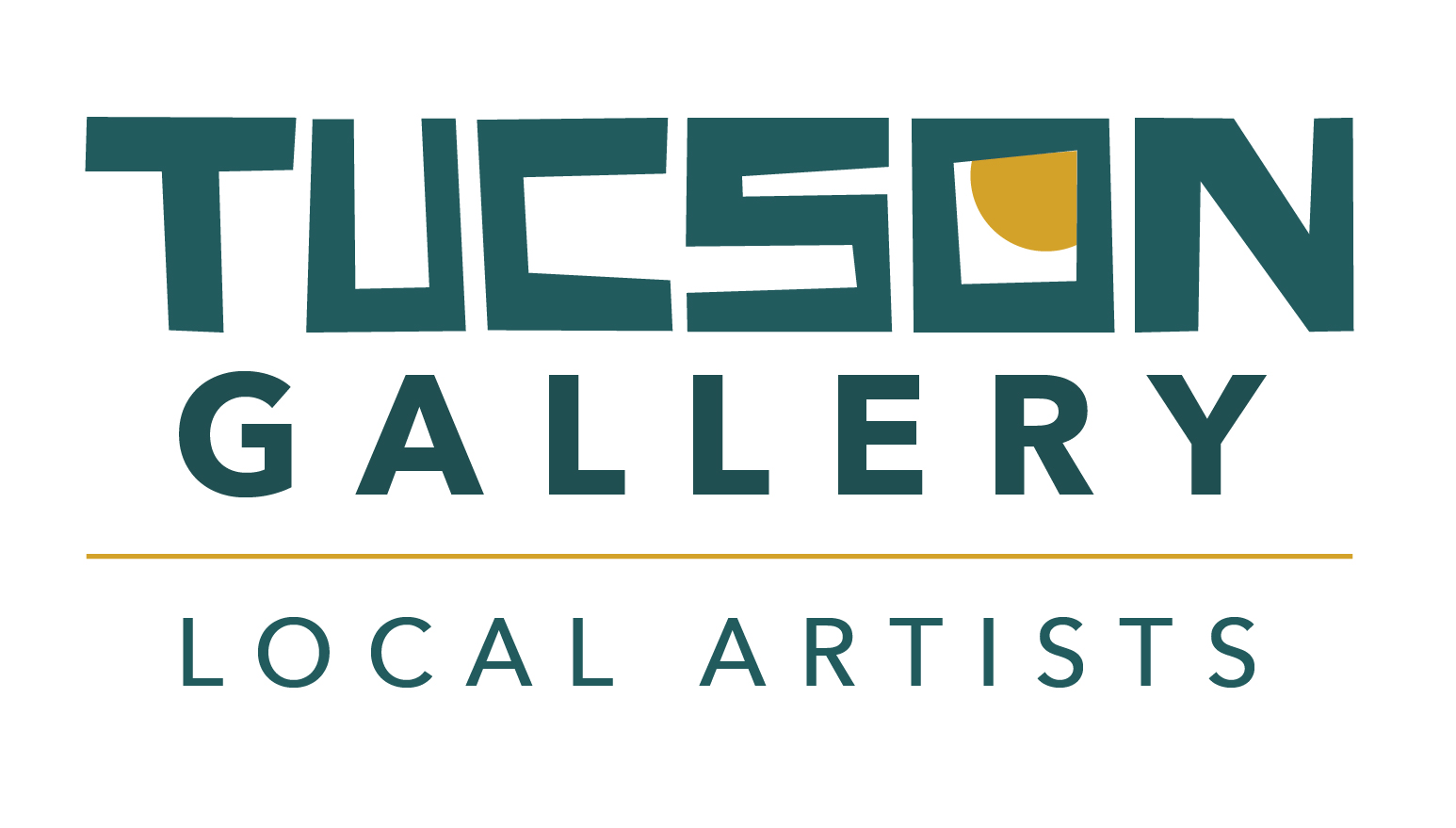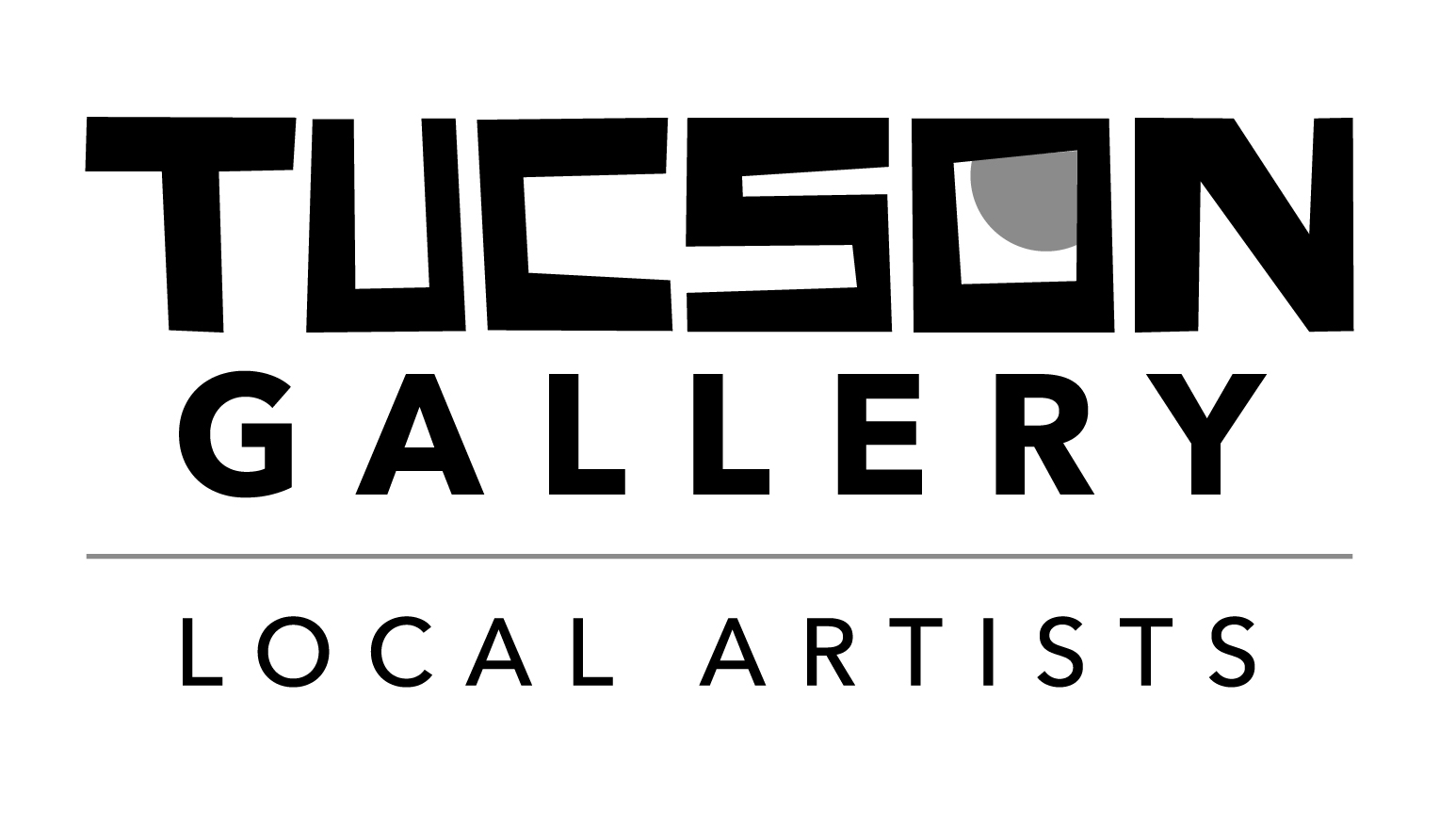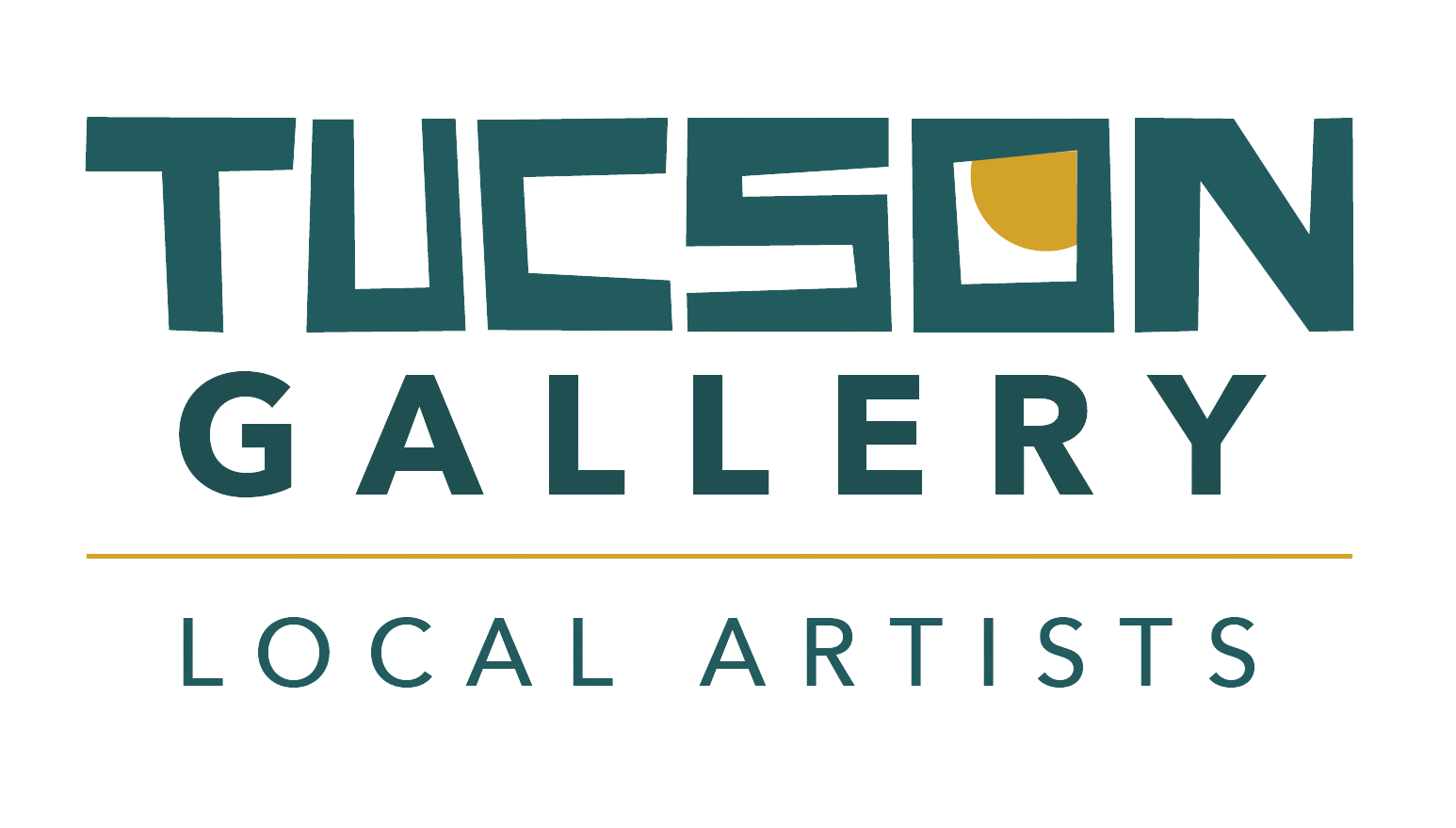Event Photos
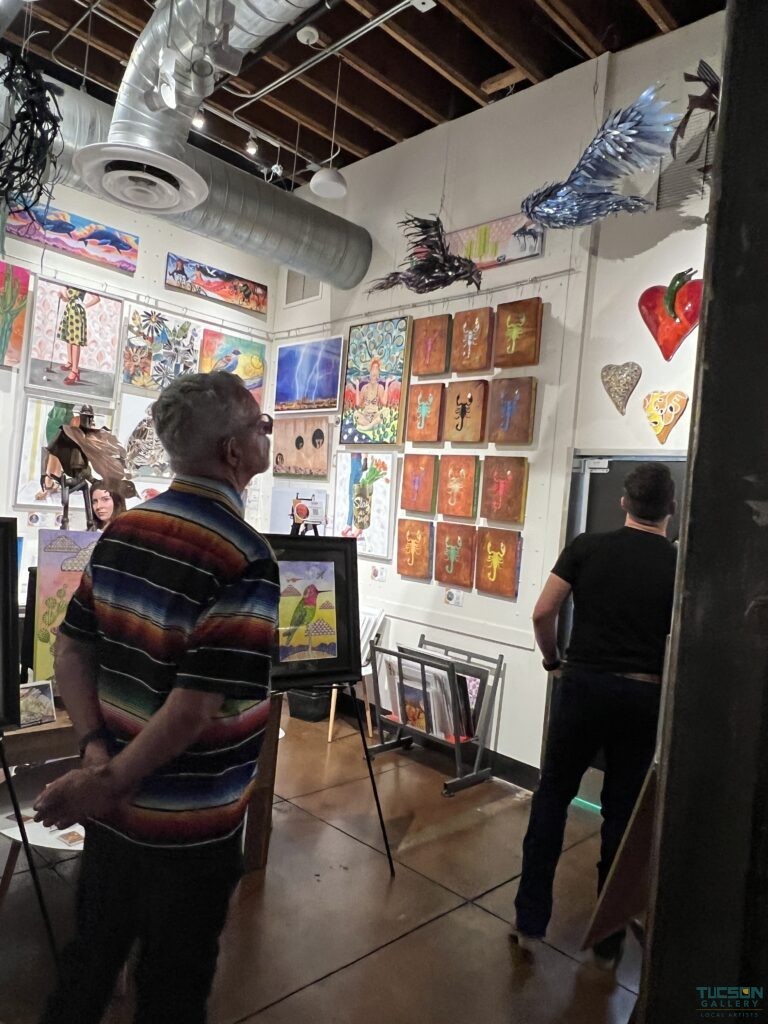
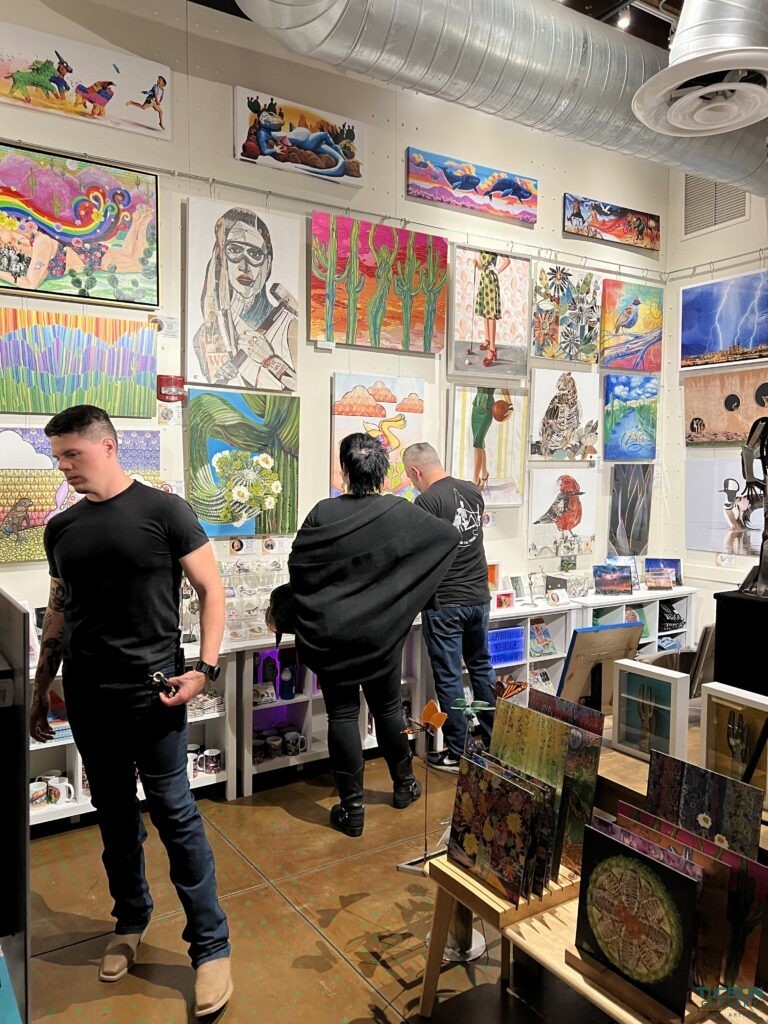
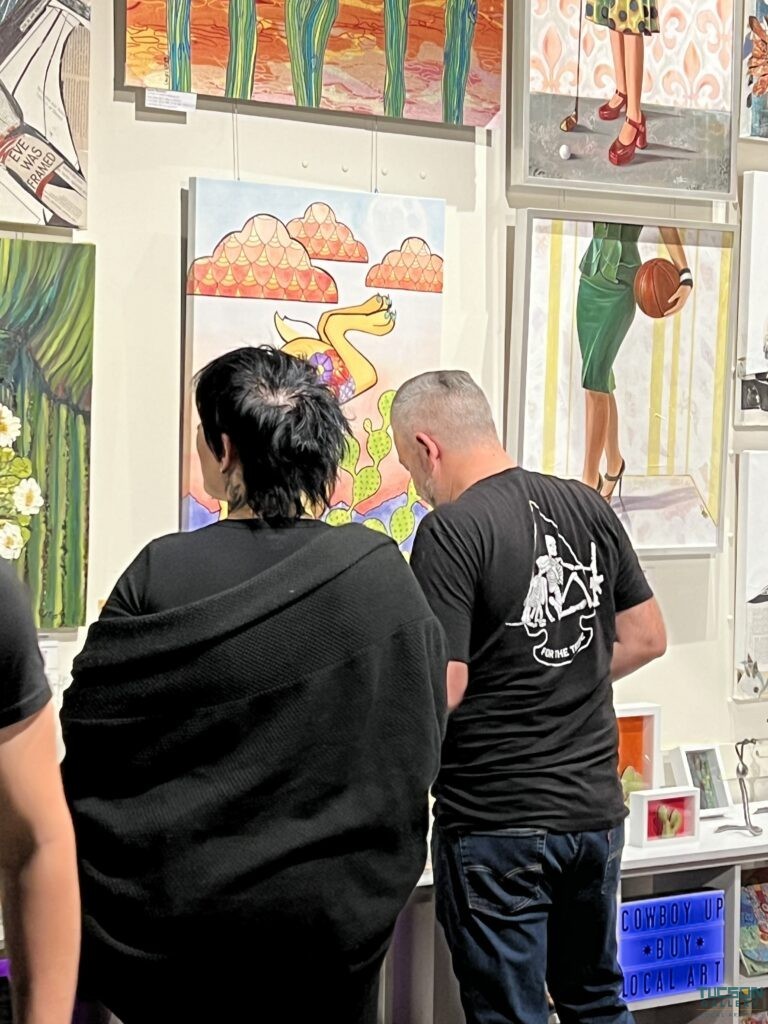
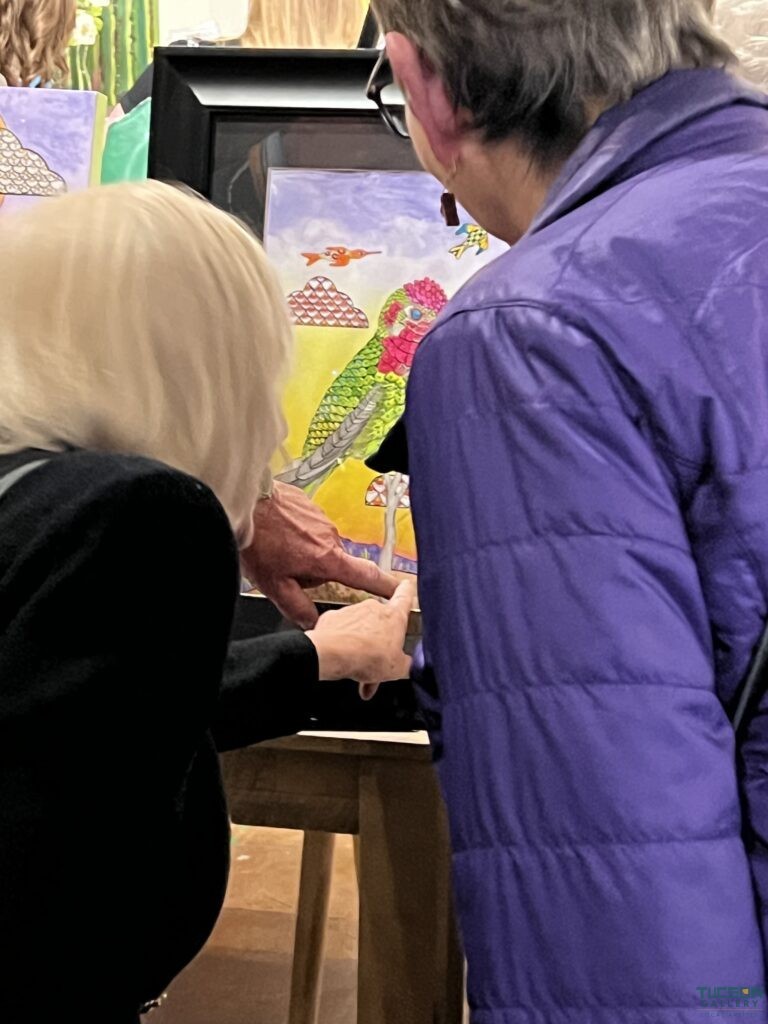
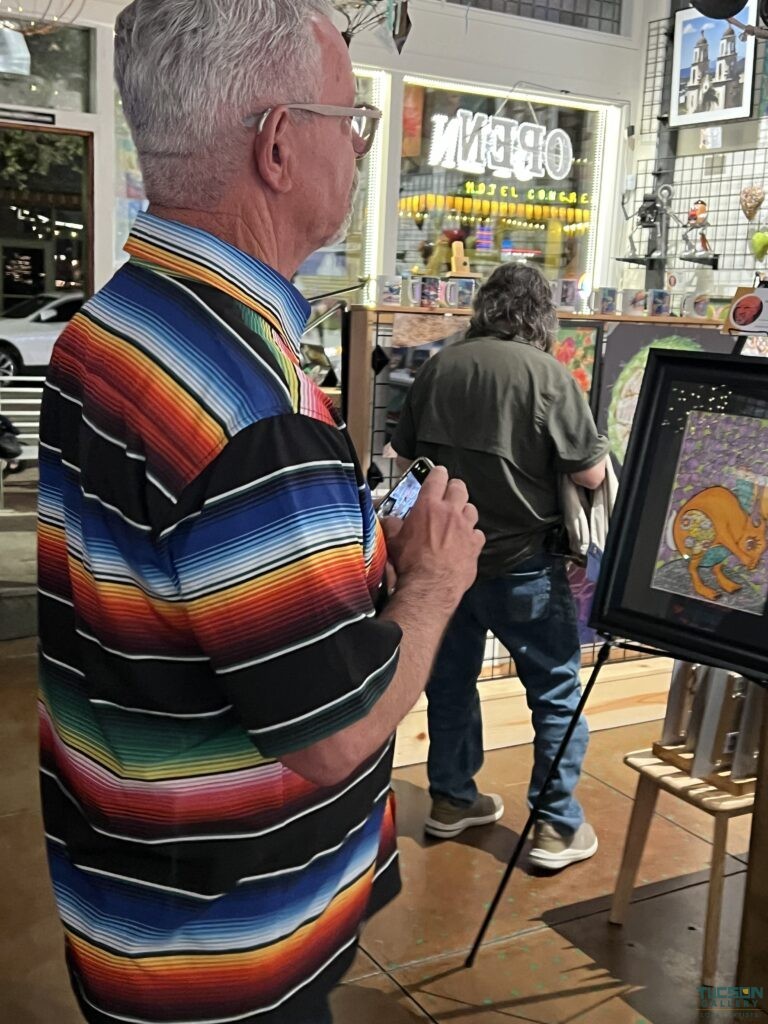
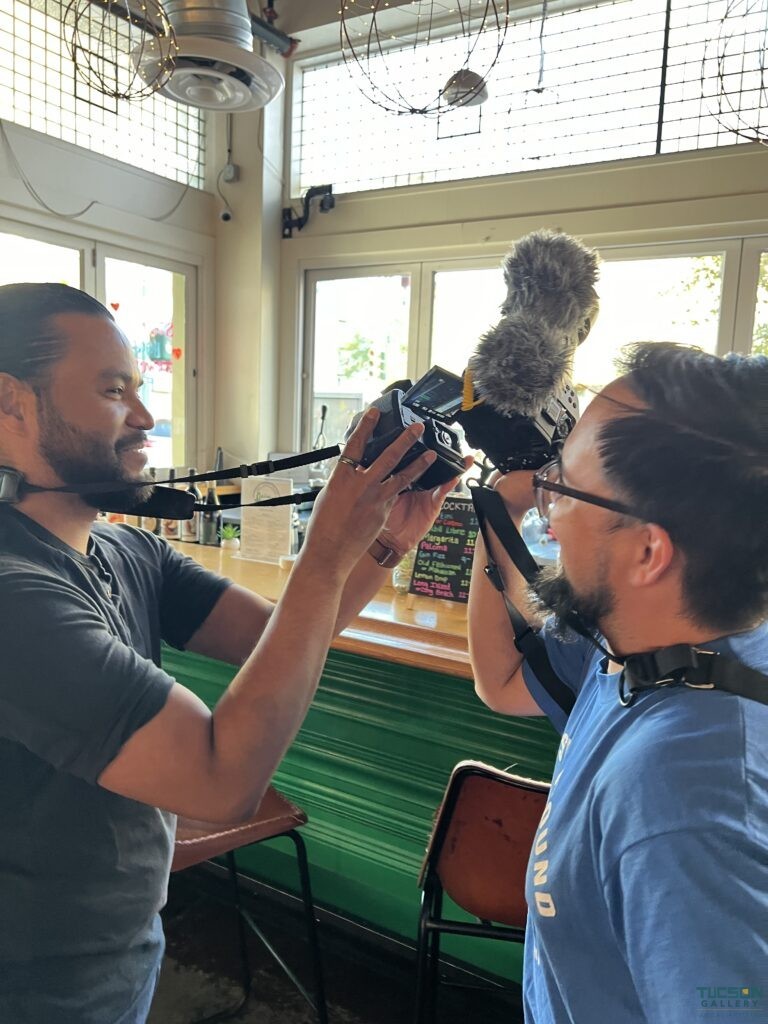
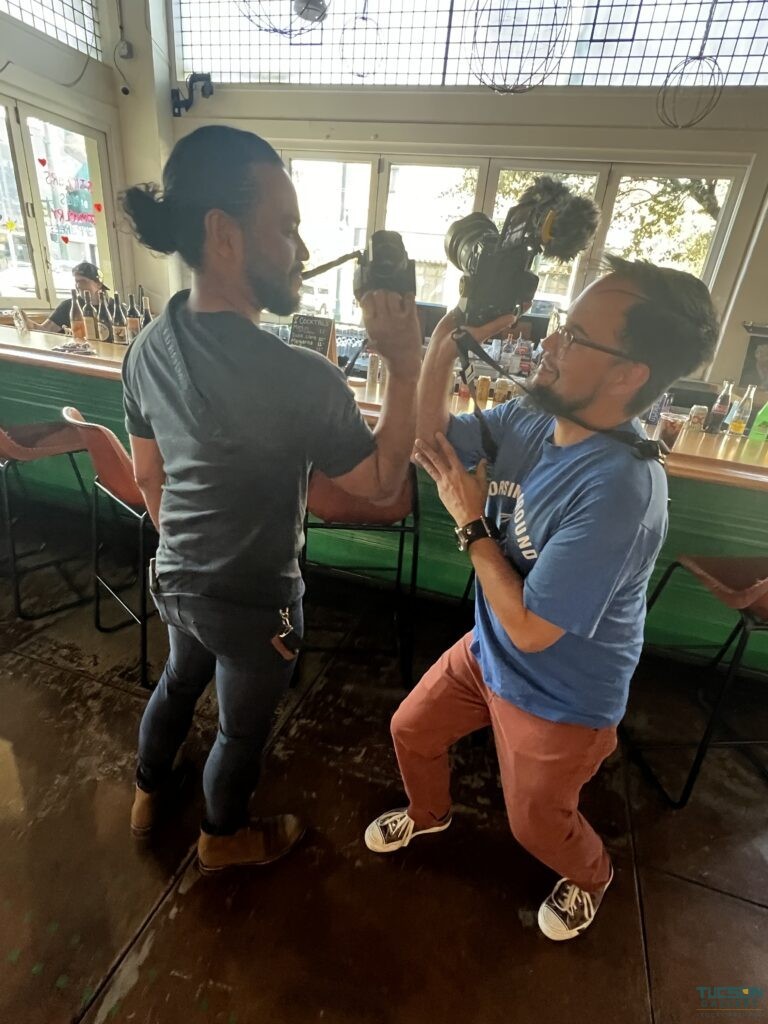
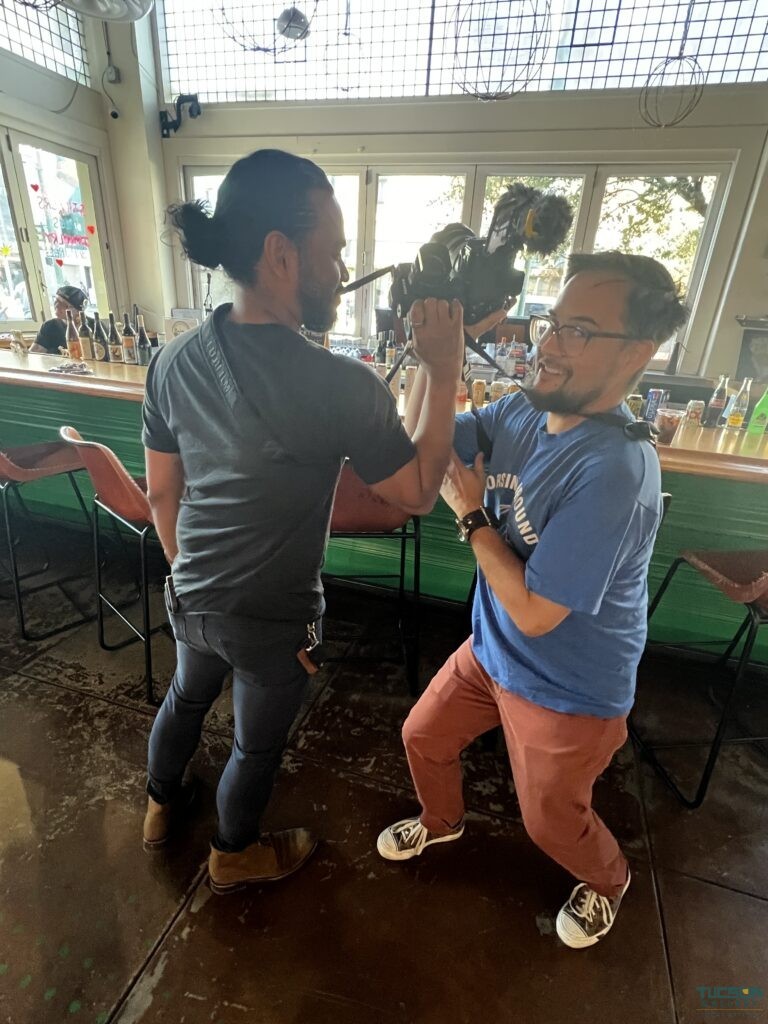
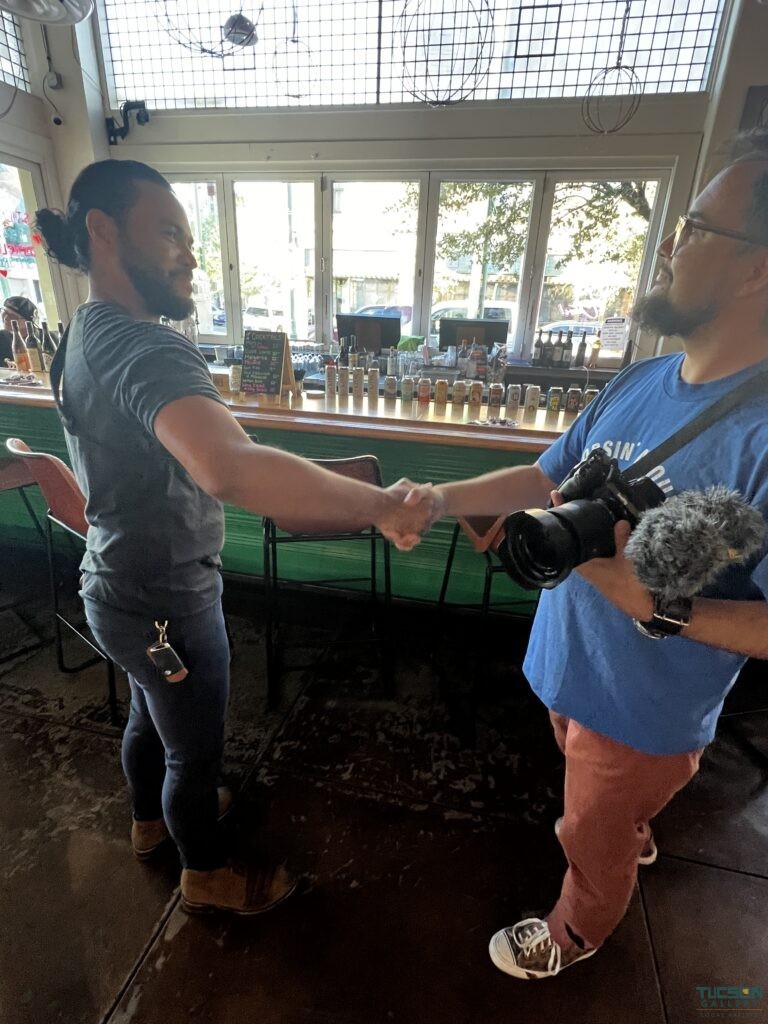
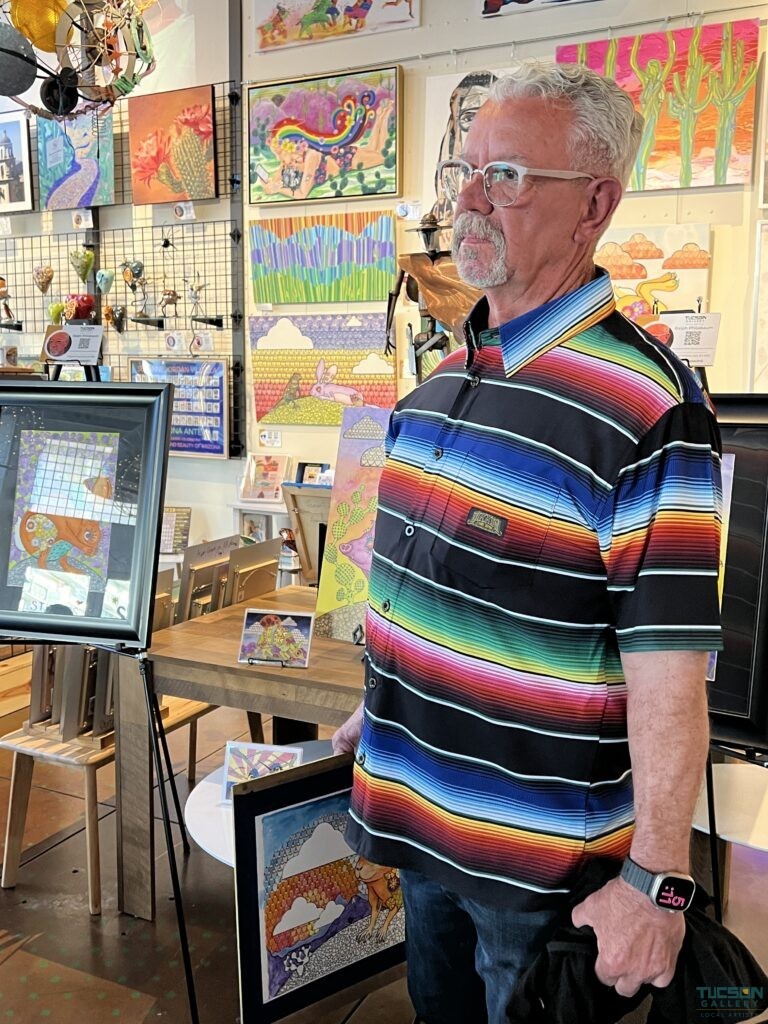
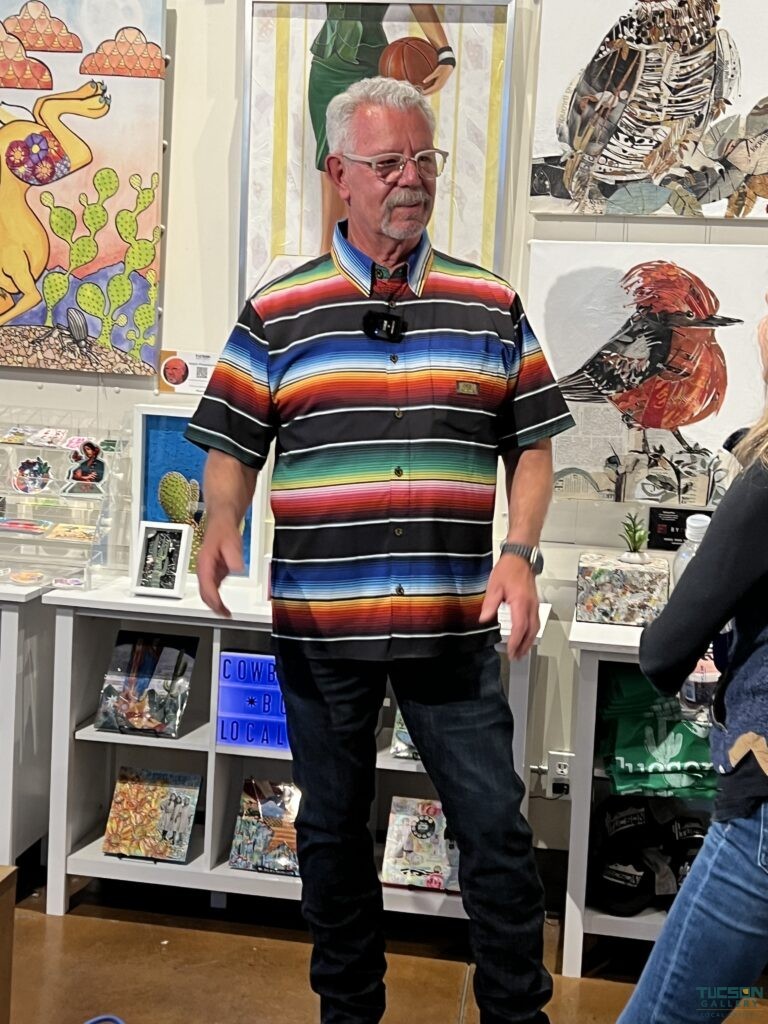

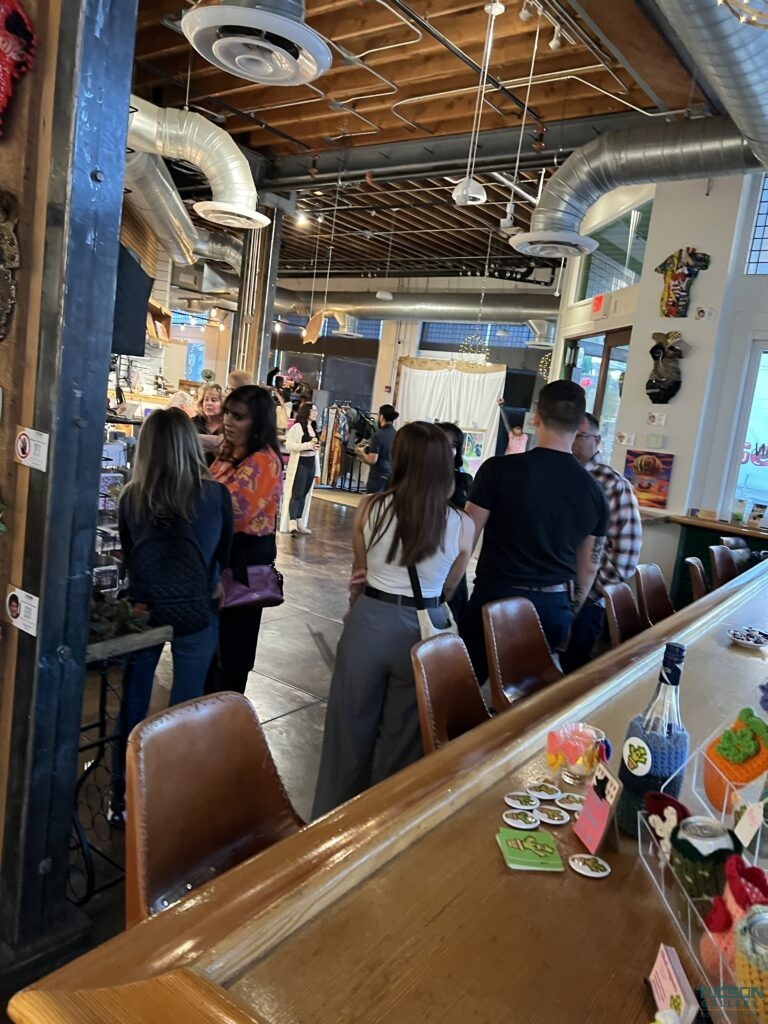
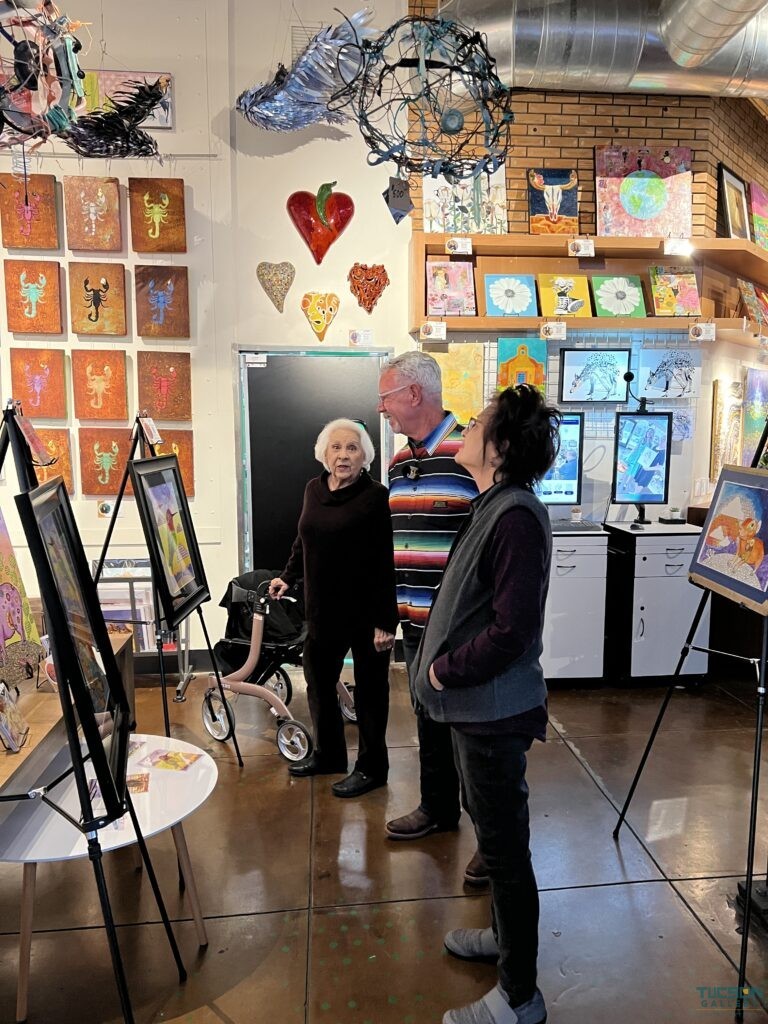
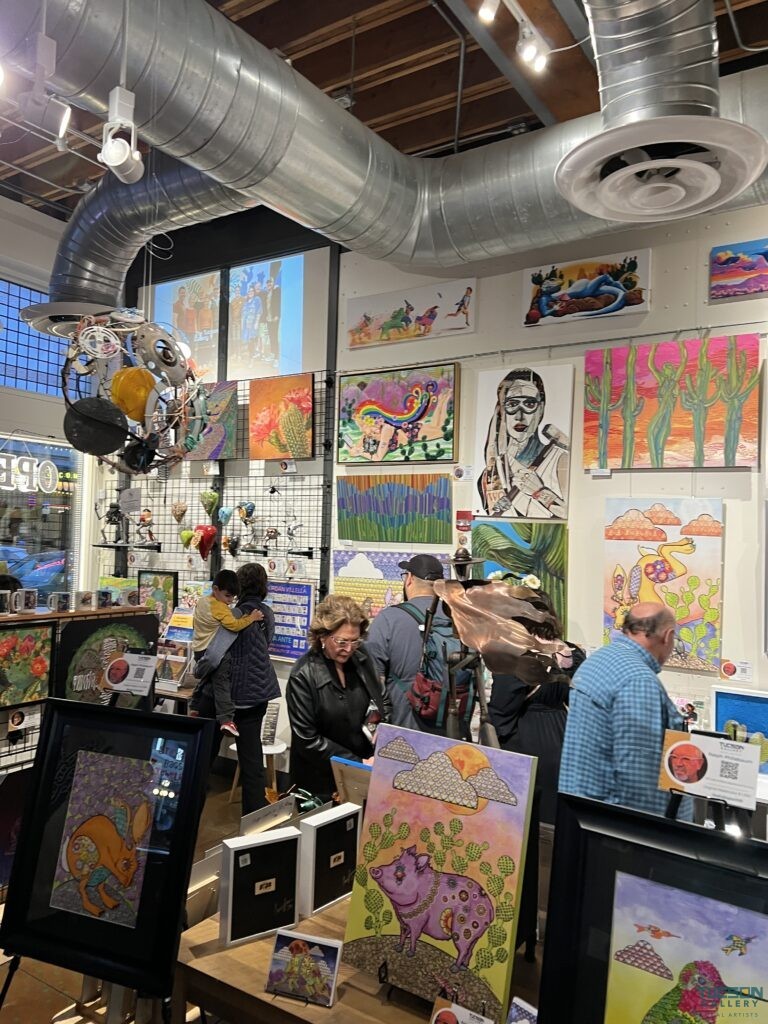
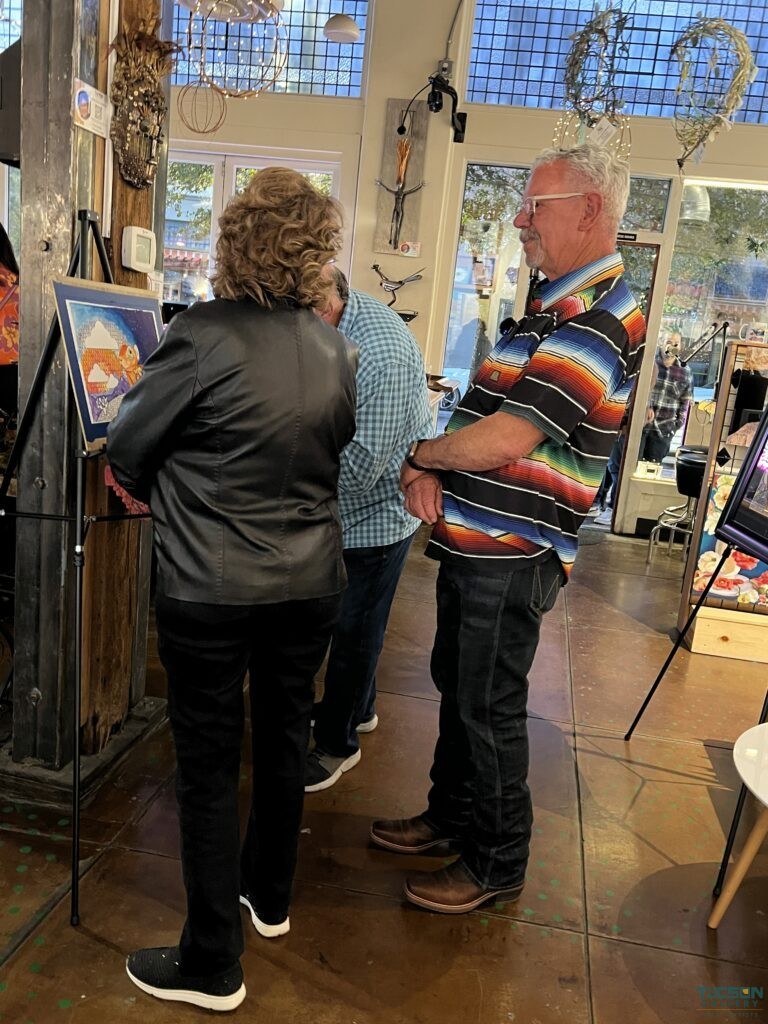
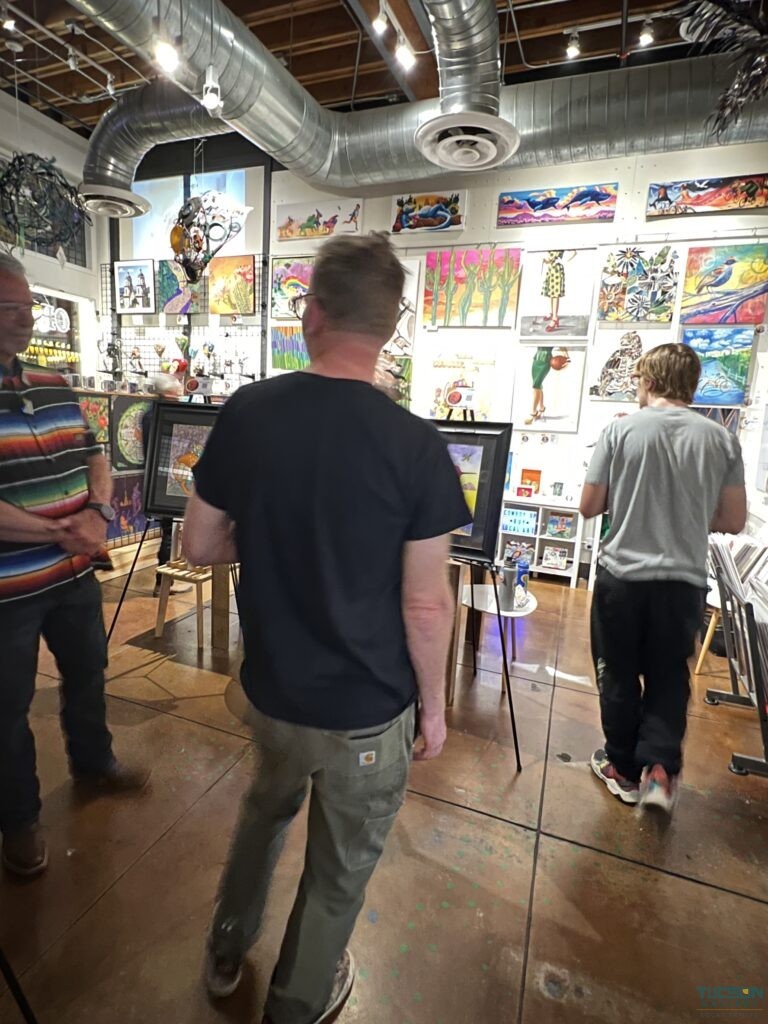
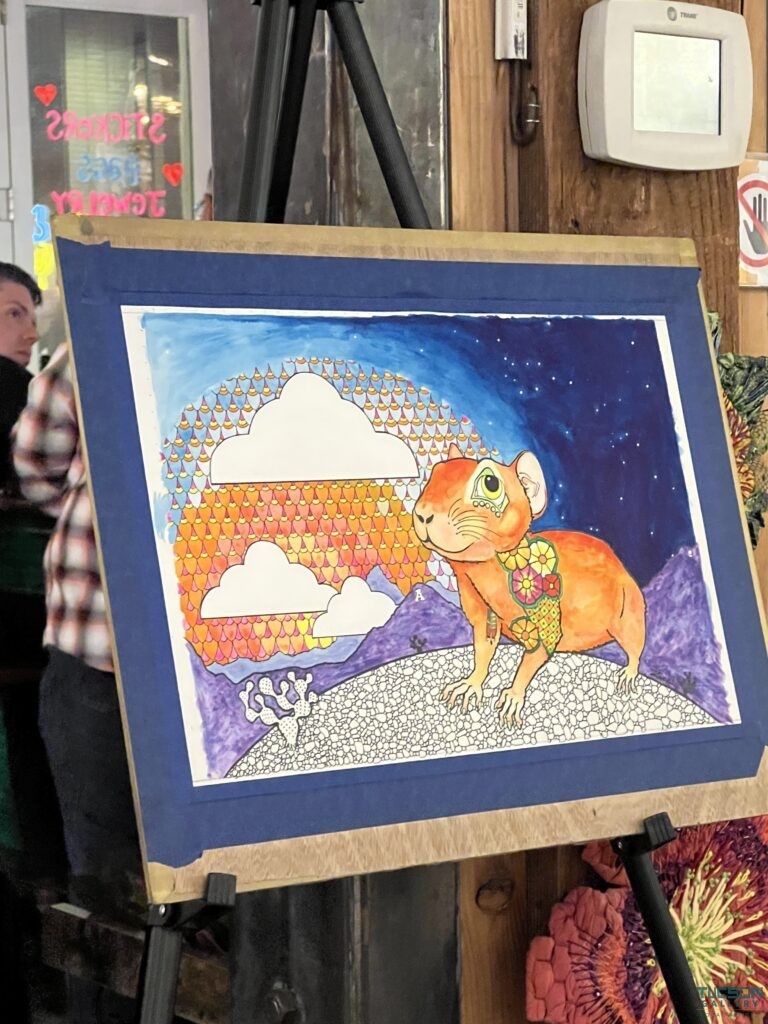
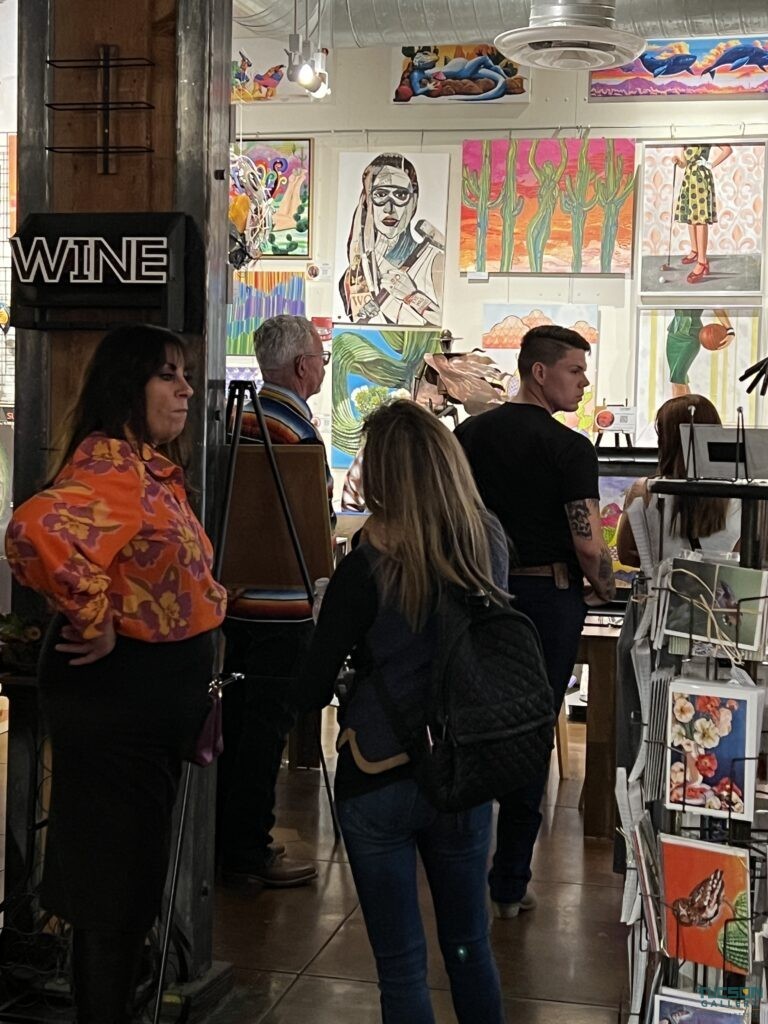
Embark on a journey into the artistic world of Ralph Philabaum, where every stroke tells a story and every color sings a tune. Join us on our website as we unfold the tale of a painter who colors beyond the lines of tradition, weaving a narrative that’s as vibrant as his watercolors. Ralph’s odyssey from a house painter to an artist who captures the spirit of the Southwest with a brush and palette is not just inspiring—it’s a testament to the power of following one’s passion.
A Canvas of Curiosity
Dive into the essence of Ralph’s artistry, where Aztec mythology meets the wilds of the Southwest. Discover how a simple bottle of tequila sparked a creative explosion, leading to a series of watercolor masterpieces that blend cultural motifs with the intricate details of local fauna.
The Alchemy of Art
Explore the meticulous techniques behind Ralph’s watercolors, where every detail is a deliberate stroke of genius. From the use of a single-hair brush to the magical corrections made with a dab of water, Ralph’s work is a delicate dance between precision and spontaneity.
From Palette to Passion
Ralph’s journey is more than just a transition from one medium to another; it’s about finding one’s true calling amidst the colors and canvases. His story is a vivid reminder that it’s never too late to embrace your creative destiny.
Episode Highlights:
- Ralph’s unexpected transition from house painting to watercolor artistry, sparked by inspiration from a bottle of tequila.
- The influence of Aztec mythology and Southwestern wildlife on his detailed watercolor pieces.
- His unique approach to art, utilizing extremely fine brushes and a meticulous technique to achieve intricate designs.
- The challenges and joys of working with watercolors, including the ability to correct mistakes and the process of learning through experimentation.
- Ralph’s reflections on his artistic journey, personal growth, and the reception of his work by the art community and enthusiasts.
Immerse Yourself in Ralph’s World
Don’t just listen to his story—experience it. Browse through a gallery of candid shots from our podcast event, making you feel as though you were right there, witnessing the magic unfold. See Ralph’s artistry through his eyes, and let your imagination roam free in the landscapes he’s so intricately painted.
Engage and Explore
- Connect with Us: Have questions or want to express your admiration for Ralph’s work? Reach out through our contact page. We’re always eager to converse with fellow art enthusiasts.
- Dive Deeper into Ralph’s Art: Visit Ralph’s artist page to delve deeper into his portfolio.
- See the Art in Person: Experience the vivid textures and intricate details of Ralph’s work firsthand at the Tucson Gallery, located at 300 E Congress St, Tucson, AZ 85701. Our doors are open Thursday to Friday from 3 PM to 9 PM, Saturday from 11 AM to 9 PM, and Sunday from 11 AM to 5 PM. Come by and let Ralph’s watercolors transport you to a world where every hue tells a story.
Join us in celebrating the artistic voyage of Ralph Philabaum—a journey of exploration, discovery, and boundless creativity.
Transcript (Unedited)
Tom Heath
We are back for another installment of Meet the Artist, a production of the Tucson Gallery down here in downtown Tucson. We’re on 300 East Congress, we’re in the Rialto Theater Block across from Hotel Congress, and we feature the work of 30 local artists, actually I think more than that at this point. And sometimes, every now and then, we’re lucky enough to get them to come into the gallery and talk about their work and when they do, we put a microphone in front of them and ask them a bunch of questions and then they get mad at us and they never come back. So we want to take full advantage while they’re here and today we have, I think the only artist in our gallery that works with watercolor, we’ve got Ralph Philabon.
Ralph Philabaum
How are you doing, sir?
Tom Heath
I’m good. Thanks for having me. A little bit closer.
Ralph Philabaum
All right. How are you doing, sir? There we go.
Tom Heath
That’s perfect there. So when we were looking to set up this gallery, my business partners and I, we had a little understanding of art. My partner’s more than myself. And I got to tell you, over the last year and a half, I have learned so much. Like every artist, there’s so much ways that you can create beauty in this world. You chose to use watercolors. Why?
Ralph Philabaum
I had actually never done any art with color other than silk screening prior to that. So, everything I’ve ever done has always just been black and white, ink on paper. And I saw some paintings at a restaurant in Phoenix and they’re really bright and colorful and so I thought I wanted to try something. So the first one I actually did was in colored pencil. Okay. And then I was like, well, let’s try paint. So I went with watercolor. When did you see this work in Phoenix? It was a couple of years ago, actually.
Tom Heath
Oh, so you’ve been doing this for just a few years in watercolor? 14 months, like, yeah. Are you serious? Yeah. Yeah. The intricacy of the work that you do, I mean, I would thought this is like a lifelong pattern.
Ralph Philabaum
It’s got to be the drawing or something, even drawing. I’ve always drawn like that very, very detailed but I never used a paintbrush on a canvas before.
Tom Heath
That is amazing to me. I honestly am, I thought you’ve been doing this for quite a while. Yeah. So, if you look at his work and you can see some of that on our website and you can see more in the gallery, this is extremely intricate and delicate. You know, it’s like you said you have a brush that has like one hair on it?
Ralph Philabaum
Yeah, it’s like it’s a 20 -0, it’s a 20 -0, it’s a really, really, really small, yeah.
Tom Heath
And so, I look at these things and I don’t know how someone can get that fine with a brush and watercolor and into some of these images, that’s…
Ralph Philabaum
Thanks. It’s um, you can you can ink back over also. So, if you go outside the lines, you know, typically I’ll come back with the –
Tom Heath
He just revealed the magic secret, people. I thought the lady was actually levitating. Turns out every now and then you might make a mistake and have to fix it.
Ralph Philabaum
It’s amazing what you can do with watercolor, how you can fix mistakes. You can erase it even, it’s like crazy. Wet it in paper towel and mostly gone and move on, yeah.
Tom Heath
Ah, have you erased anything? Oh, yeah.
Ralph Philabaum
That’s good then. Yeah, the guy that’s here, you know, it’s typical, I’ll be inking something in and I’ll stick my hand right in the middle of wet ink and make a big thing.
Tom Heath
Okay.
Ralph Philabaum
There’s actually ink erasers also, which have like some kind of a grit in them that you can carefully grind it away.
Tom Heath
So, you’re like working on something, you lean over and you like put your elbow in it and…
Ralph Philabaum
Yeah,
Tom Heath
yeah. It’s all over the place. Okay. That sounds more like me. That’s what I would be doing. Then what got you into art in the first place? What’s got you drawing?
Ralph Philabaum
I’ve done it since I can remember like in seventh grade, you know, it’s like I’ve always taken art and it’s something I’ve loved forever.
Tom Heath
So art in the seventh grade, it looks, you know, you’re definitely a young man but you’re out of the seventh grade. Yeah. I hope.
Ralph Philabaum
Sixty -three.
Tom Heath
So hopefully you’re not still in the seventh grade. But what, between the seventh grade and 14 months ago, what, had you been selling art? Were you doing things professionally? I’d never.
Ralph Philabaum
I had a silk screening company in the 80s. really small. It was pretty much just me and my father -in -law and mother -in -law would come help and my wife and come help with it. But I was like the salesman and the artist and then they would come help do production at night. And I did that for a little while and it didn’t make enough money to do anything with, so we shut that down. But other than that, no. I just, I drew back then and I stopped until I started messing with this thing.
Tom Heath
Wow, that just seems, I mean, I’m glad you’re doing it now, but it seems like there are a lot of years where I’m curious what would have come out of your mind. Because your stuff is very, it’s very colorful and it’s very creative. You pair, you know, Southwestern animals together and you do it in a way that’s just, it’s a unique vision.
Ralph Philabaum
Thanks, thanks. I think it’s cool and it’s very rewarding that I’m finding that others like it, you know. I never thought I could sell a painting and then moved a few of them, I mean, it’s rewarding.
Tom Heath
Your originals are actually, what size are they? They’re the same size, right? They’re 11 by 16, yeah. Which is fairly small a canvas to work off of with watercolor. I don’t know much about watercolor painters. Did you research, like, why did you pick that size? Is it just what you had in the closet?
Ralph Philabaum
No, it was just what I was comfortable with as far as the details and so forth thinking where your elbow landed Probably wasn’t gonna be quite it could land outside of it It’s a it. It’s just a comfortable size for me. I tried doing some larger ones and It was hard It’s hard for me to Not rush it. Okay, you know you want to be done with it
Tom Heath
So, the 11 by 16 is the right size and fits your style and the nice thing about technology now is the reproductions. You can get a nice reproduction on canvas that is 24 by 36 and you can fit in the space that you need. I think when Tony Ray first saw your work and we saw the reproduction and then he saw your original, he literally called me and said, you won’t believe how intricate this is. It’s 11 by 16. It goes go look at that line and see that line on the big one and then look at how he would have done that on something 11 by 16 So I again, I think we’re just very impressed with your technical skills as well as well as your vision. Thanks. I appreciate it Did you did you go to school for this?
Ralph Philabaum
Did you are you just picking it up and you just no I never went to any formal education on it You know just high school art and junior high art and like one semester of pima college art. Okay
Tom Heath
And do you mind me asking what you do, like you had to make money somehow, were you in any type of artistic environment or like what was your…
Ralph Philabaum
No, my job, I’m a painter by trade, a house painter. I have a small painting company, it’s P3 Contracting, we’re remodeling a painting contractor. So, that was primarily my art before I did this. It’s like we painted the Rialto and that’s, you know, right next door. You painted the exterior, the entry, we restored the ticket booth. That was you? Yeah. Oh my gosh. Okay. That was my art. So, that’s very artistic.
Tom Heath
Yeah, I think so. Yeah, absolutely. Because you have to bring it back to, it’s got to be modern and antique at the same time. Yeah. Again, I think you’re mixing styles back and forth like you do with your art. And it’s, I can’t even describe, you know, your art adequately, so I would definitely have people check it out on the website so they can really get this image. But where do these creature partner pairings come from? Do you see them in the nature and you’re like, hey, I’m going to put these two together or, you know, because you got like a rabbit and a javelina and
Ralph Philabaum
– Right. So, it’s going to sound like a really good story. It all started with a bottle of tequila.
Tom Heath
All right, now we’re getting to the good stuff here.
Ralph Philabaum
One of my employees gave me this bottle of suerte tequila and it had this rabbit on it And I thought this rabbit was totally cool And he had like little things on him like a diamond on his foot and so on and little sparkle things Okay, and then and then probably a year later. I saw another rabbit on a bottle of silencio mezcal and Like what what is it with rabbits and agave based spirits? So I researched it a little bit and it goes back to the Aztecs and the Aztec goddess of fertility and the agave Was my well and my well gave birth to 400 rabbit Children that she breastfed Oakley or pulque which is a rough Version of tequila or Bacanora or Mezcal. And so, these 400 rabbits were these troublemaking deities. And so, that started me on the path of drawing these rabbits and then I got tired of drawing rabbits.
Tom Heath
And the tequila ran out. Then I got a bottle of scotch. Right, yeah.
Ralph Philabaum
And this is where I went. And so, then I started to morph into this Alebrije thing where like the Oaxacan wood carvings and and the painting that are on the Oaxacan woodcarving is going on with the rabbits. The rabbits have their calavera tile patterns and it just kind of grew out from that.
Tom Heath
Well, that kind of explains the next question but I noticed in we were inventorying your work and getting it ready for the gallery, there’s definitely a lot of Aztec influences. You know, some of the pieces you sent to me and this is just ignorant on my part but I had to Google what the name of the piece was and I wasn’t 100 % sure if you’d sent it inaccurately or… Yeah, they’re kind of weird, yeah. Because there’s like the warrior god.
Ralph Philabaum
Yeah. With Szilopochtli is that hummingbird and that was the Aztec god of war and he was either represented as a hummingbird or as an eagle and as a hummingbird, he was known as the blue one and that’s why there’s so much blue in that hummingbird.
Tom Heath
Okay.
Ralph Philabaum
And so, that’s him and then Ometochtli was that one, the black rabbit. It was also known as two rabbit. So, of the 400 rabbits, only five of them had names and I can’t name them off for you. That’s okay. It’s not a test. One of them was the winged one, which is the raven and the other that I have is only totally or two rabbit. And so, as I…
Tom Heath
Like what got you into that? Was it literally the tequila that got you into the Aztec and you just started doing more and more and then all this art sort of pours from that? Yeah. Wow. Yeah. Yeah. See, tequila does. It does work. It does work. If used in the right application.
Ralph Philabaum
It works in mysterious ways, yeah.
Tom Heath
It was interesting because like the winged one, I saw that and that’s a raven and that made sense to me, right? The winged one. Yeah. I didn’t realize that it had its roots in Aztec culture.
Ralph Philabaum
Yeah. That was one of the rabbits.
Tom Heath
Yeah. Do like all of your works then have some connection to that?
Ralph Philabaum
No. So, I started expanding a little bit with the javelina and that’s where it rolled off into the Alebrijes, the Oaxacan wood carving patterns and then, but a lot of it does.
Tom Heath
I was hoping because you have one called Peeps, like the Easter candy and I was like, man, I’m hoping that has an Aztec root to it. Doesn’t.
Ralph Philabaum
It has Easter candy roots.
Tom Heath
I was like, if I could tie Peeps back, then I can have a cultural snack. Right.
Ralph Philabaum
I looked at her and she was purple and it was Easter I think when I was painting that and I’m like, ah, this is Peeps.
Tom Heath
Is it, do you get into anything that doesn’t involve animals? Is it any landscapes, any people, or does everything have a…
Ralph Philabaum
Not yet. Okay. Next one, I got that grasshopper mouse that I’m working on right now, and then I think the next one I’m going to do is going to be a coyote.
Tom Heath
Okay. And again, you have to see this to understand it. You brought us in one of your originals, and please help me with the name again, Wichipotle?
Ralph Philabaum
It’s Wichipotle, and I don’t know if my novel pronunciation is accurate or not, but… Yeah, it’s like H -U -I -T -Z -I -L -P -O -C -T -H -L -I.
Tom Heath
And that’s the one I had to look up to see. It’s Zillipoke. Is that actually the name or did he like hit the wrong buttons on the phone? But other people know that. But I was looking at it and, you know, it’s the hummingbird and then I’m looking at this piece for a while and then you draw my attention, you like zero in like from outer space and you know how they bring those satellite images in down to the finest point. You just zoom all the way down and I look and you tell me and you show me, there’s this little tiny hummingbird feeder. Right.
Ralph Philabaum
Hanging off a saguaro.
Tom Heath
And it’s barely the size of like a needle, like the head of a needle hanging off of a saguaro way in the background of this photo and it’s, you know, when you look at it, it’s actually got definition. It’s not just like a red blob that’s a, it’s, anyway, I just, I just think that’s, that’s
Ralph Philabaum
fun. I put some stuff in there like that. I’ve got one called Blood Moon that has a, and now I’m not going to remember the name of the rabbit constellation, but it has the rabbit constellation in the sky. Okay. Lepus is what it’s called. Lepus.
Tom Heath
Lepus. Yeah. There’s a bee film called The Night of the Lepus, The Killer Lepus, or something filmed in Tucson. I remember seeing something about that. I may have seen it. With the killer rabbits. Yeah, it’s filmed here, so I had to see it. And it was a horrible movie. It was awesome. And I think Tequila was involved with that as well. The direction, yeah. So, 14 months into this and I’ve noticed you’ve been doing a lot of shows. You got one coming up here down. You just came back from Tuvok. You’ve got one coming up at the Museum of Art.
Ralph Philabaum
Tuvok Museum of Art this weekend, yeah, I bet, yeah.
Tom Heath
So, unfortunately, by the time this airs, that will have passed, but you’re getting out there. I mean, for 14 months. I know a lot of artists that we’ve interviewed on this show that have been doing art for years before they really get the courage to go out and into the world but 14 months that’s for the amount of work that you’ve done and being in this place it really seems like quite aggressive.
Ralph Philabaum
I’ve been in sales most of my life and so it doesn’t bother me to walk in and knock on somebody’s door and just say hey look at this what do you think it won’t hurt my feelings if you hate it you know it’s uh I’m not tender like that so I’m not afraid for somebody to say get out earlier. But yeah, it’s crazy actually. When the very first one sold and the first one that sold was the winged one. I had another guy at Petroglyphs if that’s okay. Oh yeah, of course. Petroglyphs over in the Mercado. Yeah. And he’s actually sold like 10 pieces. I mean, it’s just been really gratifying. I mean, it’s a feel -good thing. Good. Yeah, Godzilla Polk Lee just got accepted to be at Steinfeld’s for the Art Walk. Nice. So, it’s, you know, that one will be there, I think, for four or five weeks.
Tom Heath
Okay.
Ralph Philabaum
Yeah. Unless you sell it tonight. Well, that’s our goal.
Tom Heath
We want to ruin the Steinfeld Art Walk. Well, I hope we sell it, but if we don’t tonight, it’s going to move pretty quickly, as I would imagine. You haven’t put your originals out. I haven’t put any out. Yeah, so when you’re
Ralph Philabaum
selling pieces, you’re selling reproductions. Yeah, they actually blow up really cool. Yeah. The way the colors separate. But we do have a couple originals in there. I mean, do you
Tom Heath
intend to start selling originals or is that something you just… I think so. You know,
Ralph Philabaum
I didn’t know where to go with them. It was actually Tony Ray that talked to me and you guys, you and Darren. So yeah, I put some out at Tubach, just dealers.
Tom Heath
Okay. Well I think when you find the people that really get into what you’re doing, they see exactly what you’re doing, and you’re gonna find an audience in 14 months. I don’t think it’s enough time for people to really fully understand what you’re putting out. And you just keep working the shows, working the exhibits, getting the galleries, and you know, people are gonna start recognizing because there’s a distinctive style about a Ralph Filibon. Oh cool, thank you. And they’re all signed Rafa. Yeah. What is Rafa? Is that the…
Ralph Philabaum
Rafa is short for Raphael. Okay. Because art by Ralph just isn’t like there, you know.
Tom Heath
Not when you say it like that.
Ralph Philabaum
Art by Ralph. Yeah. My dad made fun of my name. My dad.
Tom Heath
Did he have anything to do with the naming of you or did he want to call you Raphael?
Ralph Philabaum
No, he named me after his best friend, you know.
Tom Heath
Just don’t be an artist. Yeah. If you do, change your name to Raphael. I saw the Rafa and I was like, you know, I assumed it was a shortened version of Ralph Philip on somewhere in there because that is a lot to paint in watercolors on a painting. You’d have to go for a larger size, 16 by 20 just to get your whole name on there. And so, we have some of the work in the gallery, you’re in a few other places. You mentioned Petroglyphs, you’re going to be at Steinfeld. What about personally? Do you have your own website? Do you have social media? How do people follow you?
Ralph Philabaum
I have Art by Rafa on Facebook and I have artbyrafa .com website that my daughter -in -law
Tom Heath
built for me. Nice. All right. Well, I can’t wait to see the next 14 months. This has just been an explosion. So, in the next 14 months, I guess this will be those interviews where I’m like, oh, I talked to him way back when when he was just getting started. That’s going to be it. And if you want to see any of Ralph’s work, if you want to, I’m sorry, Rafa’s work, Rafael, I’m not Ralph, gonna see any of his work. We’ve got several of them up on our website. We’re getting a few more up in the coming weeks. It’s the TucsonGallery .com. There’s an artist section, you can check him out as well as any of our other 30 plus artists here in Tucson. While you’re there, there’s social, or sorry, there’s a media page that has all the podcasts. So if you wanna listen to other artists or you might wanna hear the replay of this one, you can do it there. And we encourage you to check out our events page and sign up for our newsletter because you’ll get a notification once a month when people like Ralph
Tom Heath
Willebaum are coming into the gallery to highlight what they do. And that’s kind of special because if you didn’t sign up and you don’t know, you missed it. I’m sorry, but he brought in a work in progress, which is always fun. So, we’re going to get to see kind of that product before it’s finished. It’s got a big, I saw a big elbow stain on it.
Ralph Philabaum
Yeah, you can’t find it now though.
Tom Heath
Well, Ralph, I greatly appreciate your time. This is a lot of fun and I’m really excited about your future.
Ralph Philabaum
Thank you. I really appreciate the opportunity that you guys have given me. Thank you.
Tom Heath
Thank you for listening to Meet the Artist, a production by the Tucson Gallery, located inside of the Proper Shops at 300 East Conger Street in Tucson, Arizona. The mission of the Tucson Gallery is to support local artists by providing a space to show their art, a forum to engage with their audience, a virtual presence to connect with global patrons, an outlet to earn a fair price, and an opportunity to hone their business skills. Head over to TheTucsonGallery .com for more information about our live events, listen to other Meet the Artist podcasts, and check out the wide selection of art, gifts, and other items created by Tucson’s modern, thought -provoking, and forward -thinking artists.
